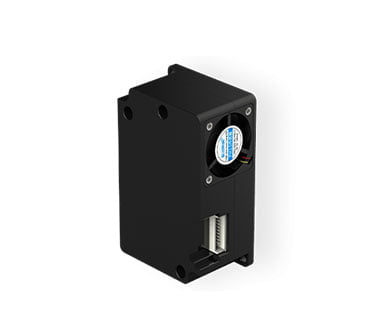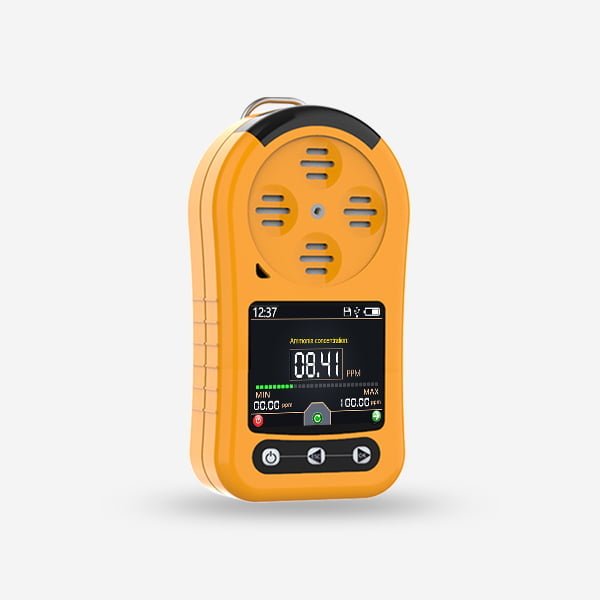Understand Multi Gas Detector
The multi gas detector is a crucial tool that ensures the safety and well-being of workers by accurately detecting and monitoring various gases simultaneously. This article will explore the importance, features, working principle, and applications of the multi gas detector, highlighting its role in maintaining a safe working environment.

Importance of the multi gas detector:
Hazardous environments, such as chemical plants, refineries, mining sites, and confined spaces, often contain multiple gases that can pose serious health and safety risks. These gases can be toxic, flammable, or oxygen-deficient, making detection and monitoring essential. The multi gas detector plays a vital role in identifying the presence and concentration of different gases, allowing workers to take appropriate measures to protect themselves and prevent accidents.
Features of the multi gas detector:
Modern multi gas detector are designed to provide comprehensive gas monitoring capabilities and offer several features that enhance their effectiveness:
2.1. Simultaneous gas detection: The primary feature of the multi gas detector is its ability to detect and monitor multiple gases simultaneously. It can typically detect gases such as methane, carbon monoxide, hydrogen sulfide, oxygen, and more, depending on the specific model and configuration.

2.2. Reliable sensors: Multi gas detectors employ advanced sensors that are specifically calibrated to detect different gases accurately. Sensors may include electrochemical sensors, infrared sensors, catalytic bead sensors, and photoionization detectors (PID) depending on the gas being detected.
2.3. Alarm systems: The detector features audible, visual, and vibrating alarms to alert workers when gas concentrations exceed pre-set safety thresholds. This immediate warning enables prompt action to be taken to ensure worker safety.
2.4. Data logging and analysis: Many multi gas detectors are equipped with data logging capabilities, enabling the collection and storage of gas concentration data over time. This data can be analyzed to identify trends, patterns, and potential hazards in the working environment.
2.5. Compact and rugged design: The detectors are typically portable, lightweight, and designed to withstand harsh conditions. They are built to meet industry standards and are resistant to water, dust, and impact, ensuring their reliability even in challenging environments.
Working principle of the multi gas detector:
The multi gas detector relies on the specific detection principles associated with each type of gas sensor. The commonly used sensors in multi gas detectors are:

3.1. Electrochemical sensors: These sensors utilize chemical reactions to generate an electrical current that is proportional to the gas concentration. As the target gas interacts with the sensor’s electrode, a reaction occurs, causing a change in current. This change is then measured and converted into a gas concentration reading.
3.2. Infrared (IR) sensors: Infrared sensors are based on the absorption of infrared light by the target gas. Each gas absorbs a specific wavelength of infrared light, which can be detected and quantified. By measuring the amount of light absorbed, the sensor determines the concentration of the gas.
3.3. Catalytic bead sensors: Catalytic bead sensors utilize a heated wire coil coated with a catalyst material. When a flammable gas comes into contact with the sensor, it undergoes combustion on the catalytic surface, causing a change in resistance. This change is measured and converted into a gas concentration reading.
3.4. Photoionization detectors (PID): PID sensors use ultraviolet (UV) light to ionize gas molecules, creating a measurable signal. The intensity of the signal is proportional to the gas concentration. PID sensors are particularly useful for detecting volatile organic compounds (VOCs) and other gases with low or no ionization potential.
Applications of the multi gas detector:
The multi gas detector finds applications in various industries where workers are exposed to hazardous gases:

4.1. Oil and gas industry: Multi gas detectors are extensively used in oil rigs, refineries, pipelines, and storage facilities to monitor gases such as methane, hydrogen sulfide, and volatile organic compounds (VOCs), ensuring worker safety and preventing accidents.
4.2. Chemical industry: Chemical plants often produce or handle toxic and flammable gases. Multi gas detectors are essential tools in identifying and monitoring gases like chlorine, ammonia, and hydrogen cyanide, protecting workers from potential hazards.
4.3. Mining industry: In underground mines, the presence of gases like methane, carbon monoxide, and hydrogen sulfide can be life-threatening.





